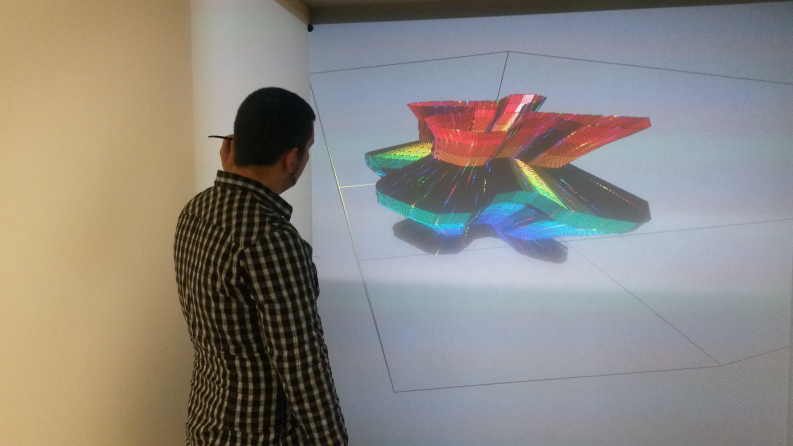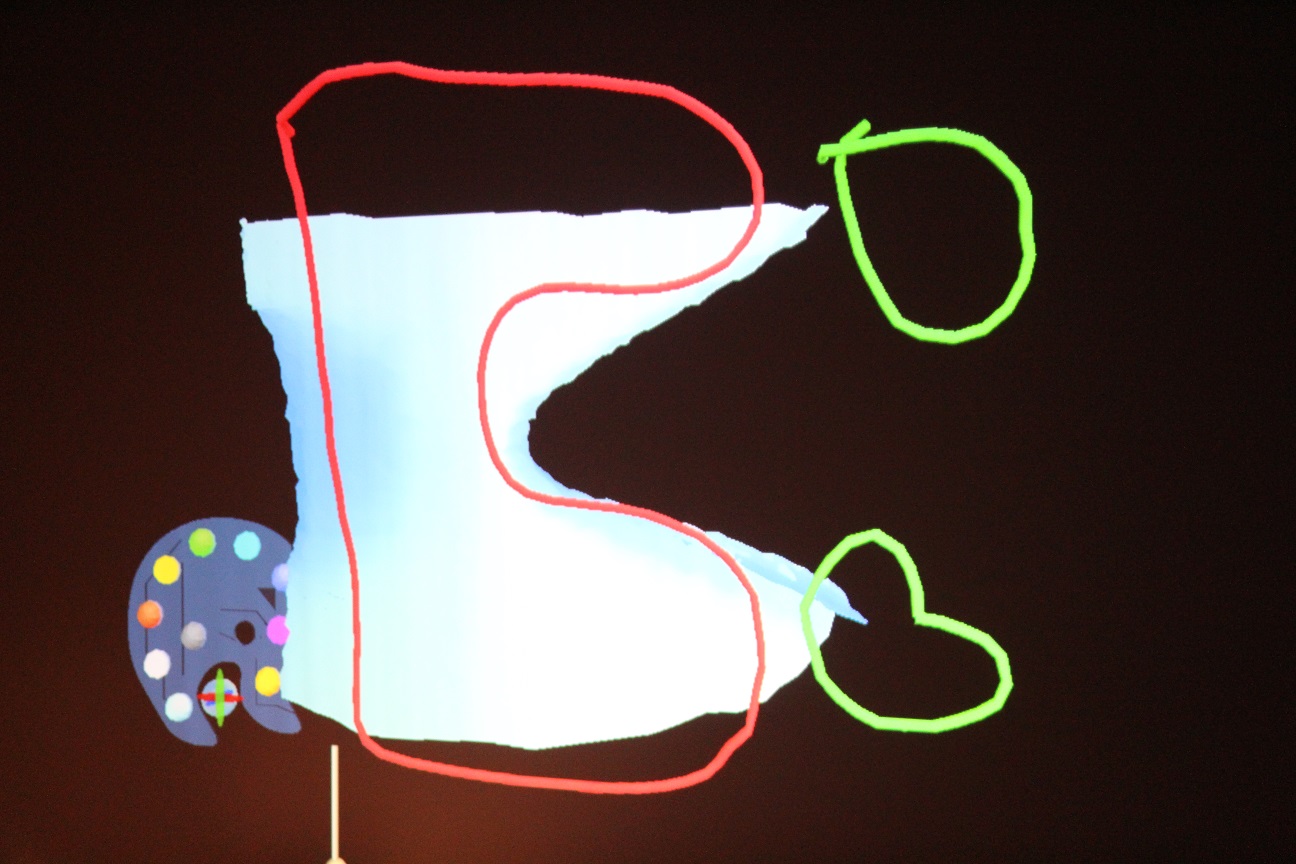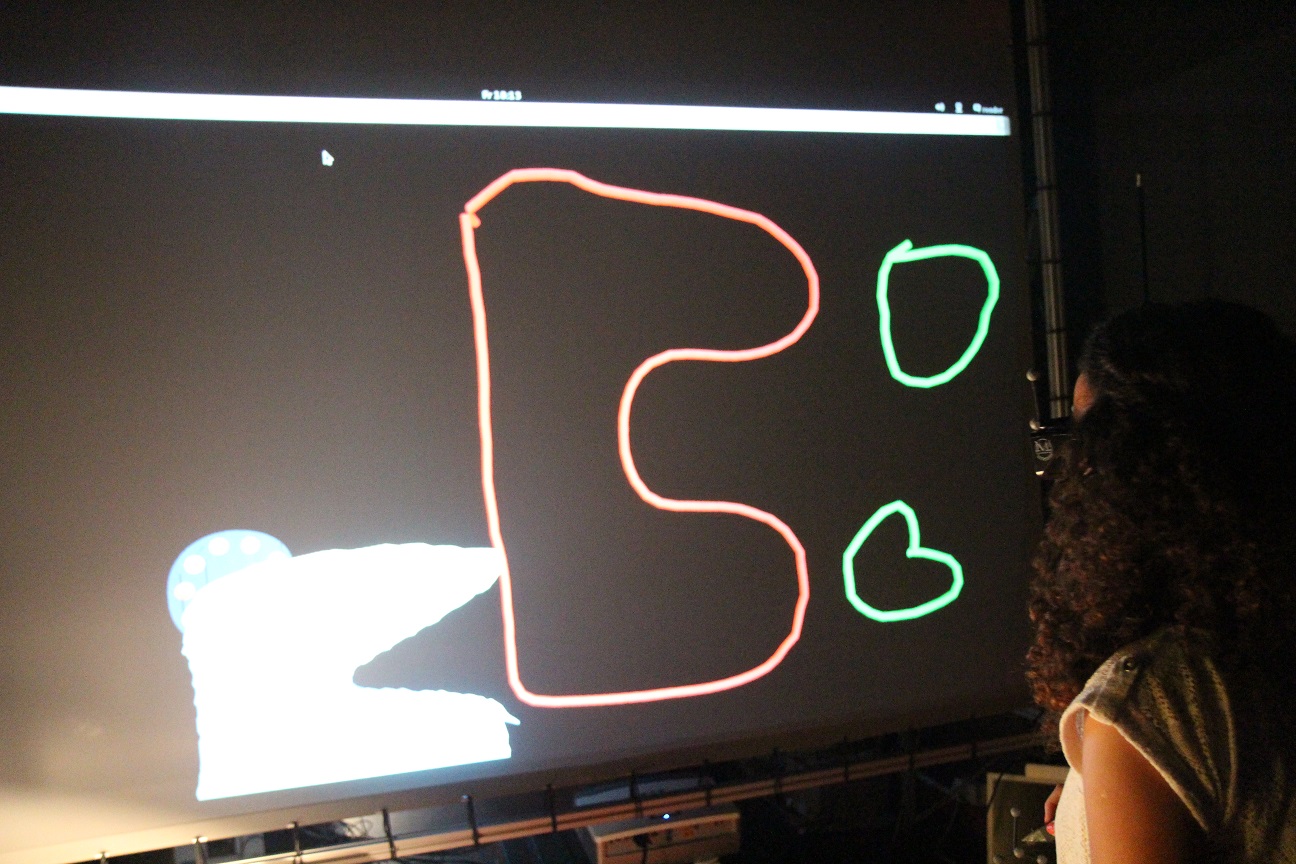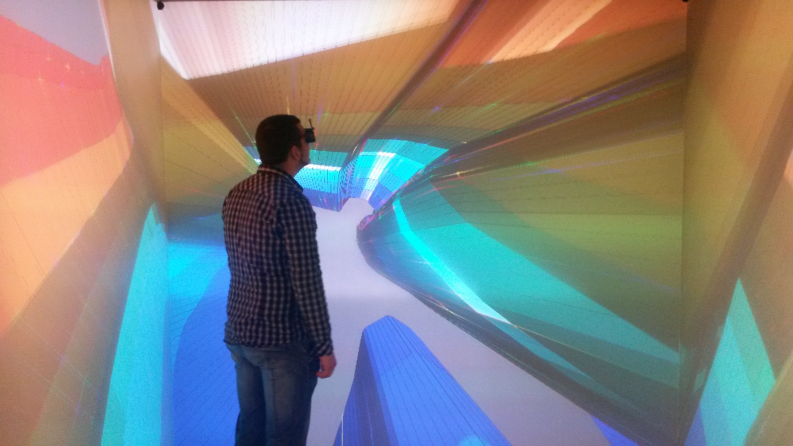Title : Investigating the interplay between oversketching in an immersive environment and the 3D models obtained from paper-based sketching to modify the object shape
Project Lead : Anne Marie Muscat From : University of Malta (None)
Dates : from 2014-05-17 20:11:13 to 2015-01-29 18:54:03
Description :
Motivation and objectives :
This proposal seeks to explore a different sketching modality to that proposed in Investigating the interplay of paper sketching and immersive sketching to manipulate and combine objects that exhibit linear topological ordering, namely, investigating the possibility of modifying the 3D object obtained from the paper-based sketching by over-sketching in an immersive environment. Paper-based sketching is used by many designers, particularly in the early stages of design, as it offers the flexibility and potential of drawing rough, concept sketches quickly and rapidly. However, paper is limited in its use and the designer often redraws these initial sketches using some higher-level technology to obtain functioning 3D models from the sketch. This project seeks to build upon the experiences of the Franhofer IPK and the University of Malta in paper-based sketching in order to allow a designer to create initial models of objects via paper-based sketching which can then be adjusted, deformed and refined by over-sketching in the immersive environment, thus retaining the flexibility associated with freehand sketching while refining the object shape.
Teams :
The capability of the human visual system to process, interpret and understand scenes is at the same time impressive and unassuming. That which is achieved so naturally by the human visual system has turned out to be so difficult to obtain by machine and, despite successes in the field, still remains generally elusive. The department of Systems and Control Engineering is particularly interested in the problems related to image processing for the extraction of information and knowledge from images and scenes. Problems such as image analysis and classification of remotely sensed images, recognition of white blood cells and electrophoresis gel patterns, texture segmentation and object recognition have been addressed by academics of the department. Main research in this area focuses on unsupervised texture segmentation, sketch and scribble analysis and interpretation as well as 3D data acquisition.
Dates :
starting date : 13 July, 2014
ending date : 27 July, 2014
Facilities descriptions :
http://visionair-browser.g-scop.grenoble-inp.fr/visionair/Browser/Catalogs/VPCC.GE.html
Recordings & Results :
Computer modelling of 2D drawings is becoming increasingly popular in modern design as can be witnessed in the shift of modern computer modelling applications from software requiring specialised training to ones targeted for the general consumer market. Despite this, traditional sketching is still prevalent in design, particularly so in the early design stages. Thus, research trends in computer-aided modelling focus on the the development of sketch based interfaces that are as natural as possible. In this project a hybrid sketch based interface was introduced which allowed the user to draw sketches using offline as well as online sketching modalities, displaying the 3D models in an immersive setup, thus linking the object interaction possible through immersive modelling to the flexibility allowed by paper-based sketching. This interface was evaluated in a user study which showed that such a hybrid system can be considered as having a pragmatic and hedonic value.
Conclusions :
It was concluded from the user study that this system has both the pragmatic and hedonic qualities which could be further developed into a fully-fledged hybrid sketching interface. The results achieved are encouraging and show that it is in fact possible to integrate offline and online sketching modalities, while retaining a system that has the wanted qualities.
Project Images :




Other project resources :
SCE-TR-2014-02.pdf
.

VISIONAIR / Grenoble INP / 46 avenue Felix Viallet / F-38 031 Grenoble cedex 1 / FRANCE
Project funded by the European Commission under grant agreement 262044

Project funded by the European Commission under grant agreement 262044
